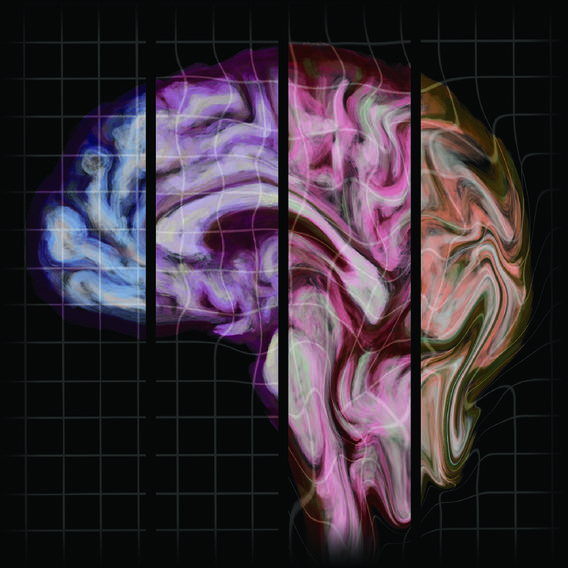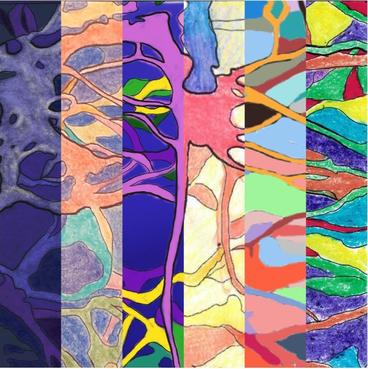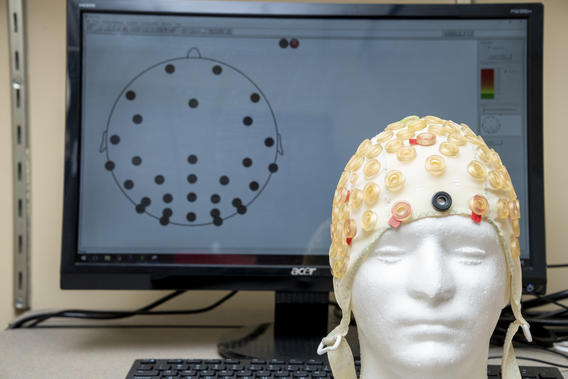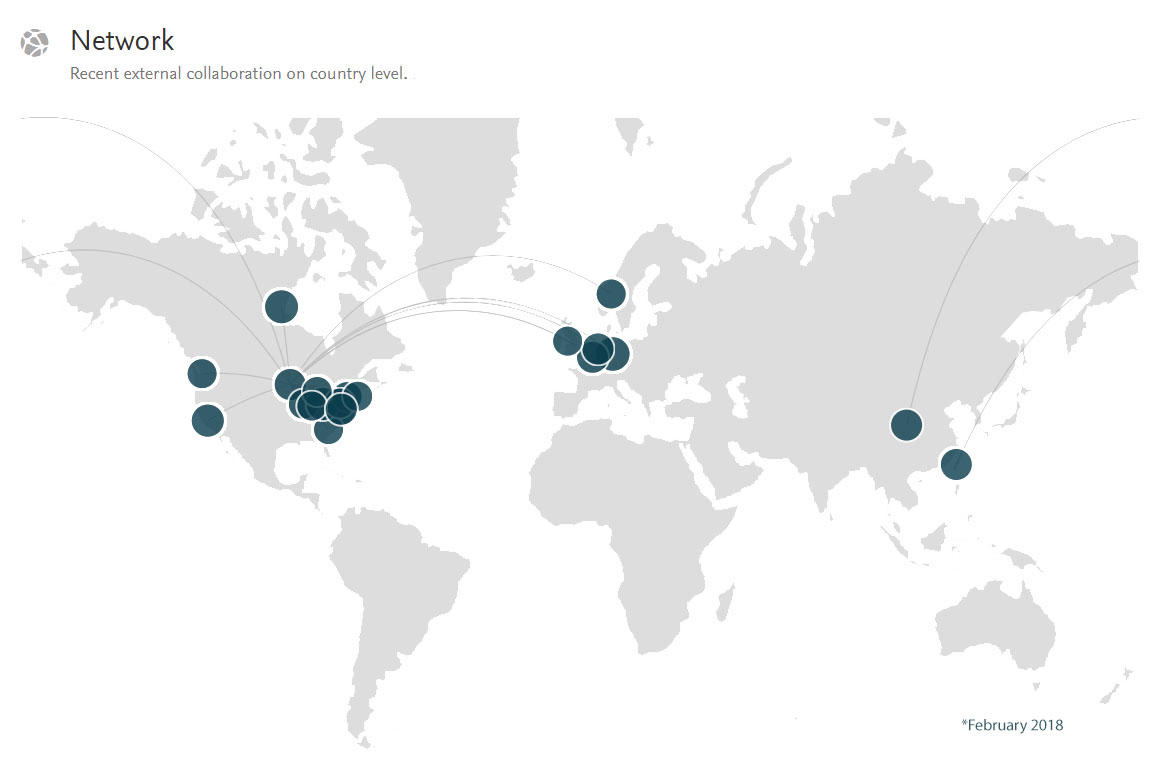
Created and illustrated by Sam Montoya
Areas of Interest
Visual Perception in Psychosis
Psychosis is associated with abnormal visual experiences, including hallucinations, illusions, and perceptual distortions. As a PhD student, Michael-Paul wrote the initial version of an article on Wikepedia, which summarizes much of the research on visual abnormalities in schizophrenia.
In particular, our earlier work demonstrated that impairments in early visual processing, which are well-established among patients with schizophrenia, also occur to a lesser degree among patients with bipolar disorder. This finding indicates that such abnormal visual perception is shared across multiple psychiatric diagnoses on the psychosis spectrum. Further, we showed that these same visual abnormalities are not found among unaffected, close biological relatives of either patient group. This suggests that differences in vision may not be tied to genetic risk for these disorders, but rather to a disease process that is common to both diagnoses.
Our current work as part of the Psychosis Human Connectome Project builds upon these findings, and will characterize early visual processing abnormalities among patients and relatives of individuals with psychosis using high-resolution (7 Tesla) functional MRI, MR spectroscopy, and visual psychophysics. By examining the functional and neurochemical basis of abnormal vision, our work seeks to clarify how psychosis affects perceptual functioning, which may ultimately lead to the development of useful biomarkers for these disorders.
Visual Perception in Autism
Up to 90% of people with autism spectrum disorders (ASD) experience sensory symptoms, including sensitivity to visual stimuli. Our work seeks to uncover the neural basis for abnormal vision in autism, using techniques including functional MRI, MR spectroscopy, and visual psychophysics. Understanding how autism affects vision may help us understand the biological basis of this condition. This opinion piece from Spectrum News does a good job of summarizing our research interests in this area.

Created and illustrated by Sam Montoya
Neural Mechanisms of Early Visual Processing
To uncover how clinical disorders affect the visual system, we must first understand how particular neural processes operate in the healthy or neuro-typical brain. In this vein, we recently published a paper describing how spatial context affects visual motion perception. This study calls into question the interpretation of previous work investigating motion perception within clinical disorders (e.g., autism, schizophrenia, major depression, Alzheimer’s), and suggests that differences in task performance between clinical populations and controls may not reflect differences in neural inhibition per se.

Visual Perception in Visual Snow Syndrome
Visual Snow Syndrome (VSS) is a condition in which people see constant flickering dots/specks over their surroundings. This experience is like ‘television snow’ and may interfere with daily tasks, such as driving and reading. We are seeking to understand how people with VSS perceive and process the world. Our research is designed to move the field forward by providing new methods to measure visual snow and assessing differences in brain processing between people with VSS and those without VSS through questionnaires, visual behavioral experiments, and magnetic resonance imaging.

Research Network

The Schallmo Lab acknowledges that the University of Minnesota stands on Miní Sóta Makhóčhe, the homelands of the Dakhóta Oyáte.